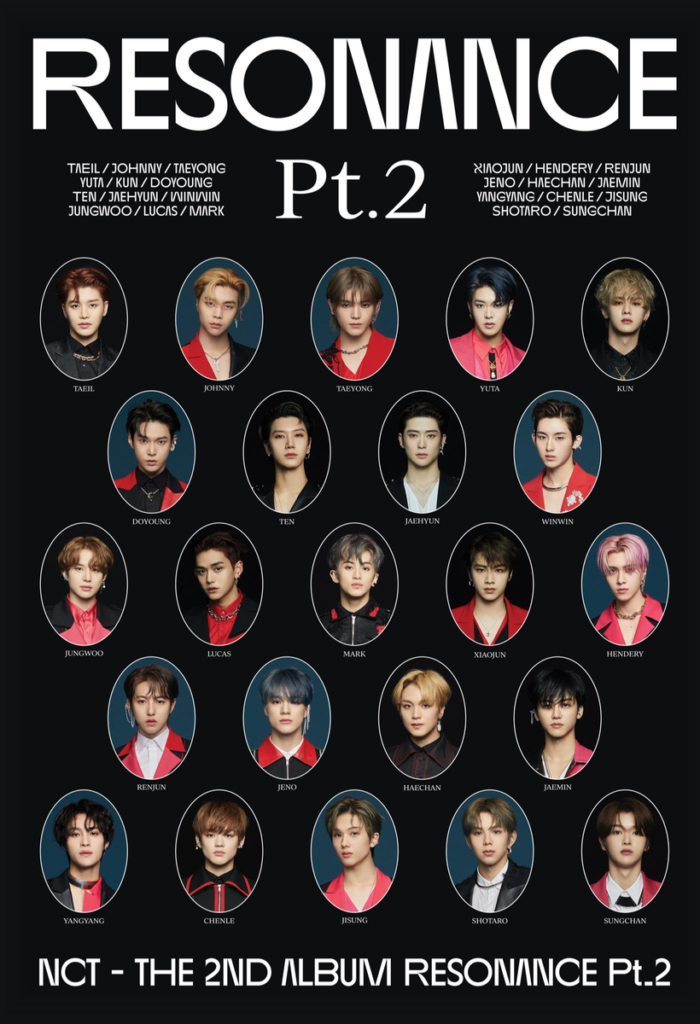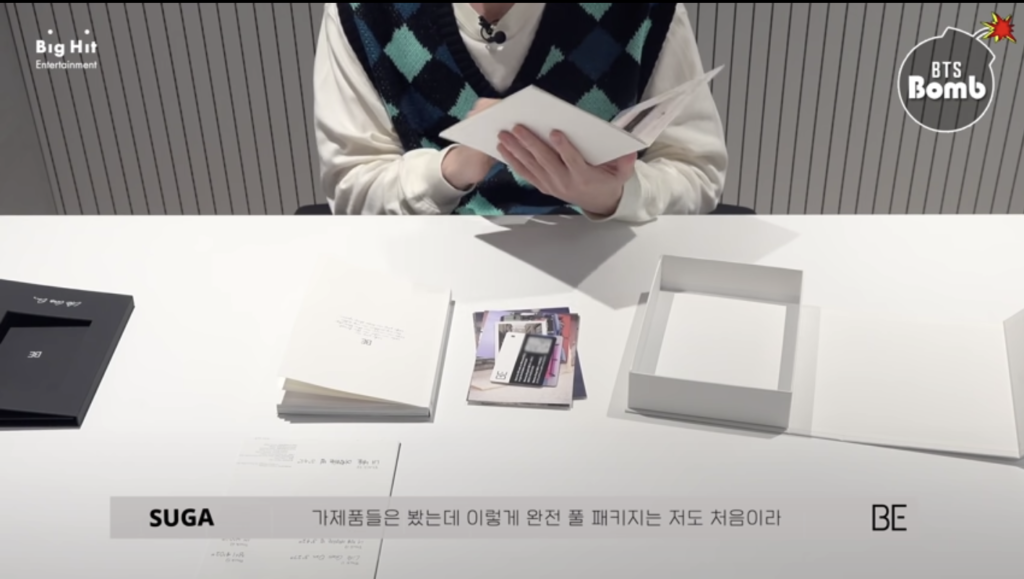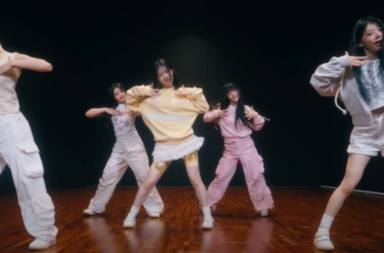
It is no secret that K-pop is a business and operates like any other industry. With that comes consumerism, or more specifically, mindless consumerism. While it is easy to blame fans for their purchases, everyone along the product’s life cycle is equally responsible for fuelling this problem. From companies’ constant push for consumers to buy, to releasing multiple versions of albums, to fans enabling one another to purchase more, companies and fans alike perpetuate mass consumerism and wastefulness within K-pop. But how does the industry create this push for fans to buy more and what are the environmental repercussions?
Despite living in the digital age, K-pop remains one of the few remaining music markets that still value physical albums. As Eye on Design explains, “Physical albums are an important asset in determining an artist’s popularity and longevity”. On top of that, companies also work to fuel fans’ materialism through exclusivity, focusing on the element of collectibility by releasing multiple album versions and photo cards.
This is especially so for a big rotational group like NCT who release an album every quarter. Promoting as 23 members in their 2020 project, Resonance Pt 1 and Resonance Pt 2, the chances of getting your favourite member’s photo card is rather slim. In fact, it is narrowed down to a mere 4.3%. In turn, this pushes fans to purchase multiple albums, with some even over purchasing to widen that probability and avoiding repurchasing from resellers at exorbitant prices.

But why are fans so absorbed in collecting photo cards or finishing a collection? Companies’ ingenious idea of having an overarching theme that ties their otherwise separate albums together is partly to blame. Take BTS’ Love Yourself trilogy series for example. It consists of three series broken down into four versions: Love Yourself: Her – L, O, V, E, Love Yourself: Tear – Y, O, U, R, Love Yourself: Answer – S, E, L, F. While buying one album from each series will suffice, it feels and looks oddly incomplete. For some, completing the whole series grants them a sense of pride and satisfaction.
Another element that fans cannot escape from when talking about albums is fan signs. Arguably the pinnacle of being a fan is to enter a fansign to interact with their idols. Akin to a badge of honour, spending tons of money equates to showing one’s support and loyalty towards their favourite group. Like any other hobby, K-pop is expensive, where fans can spend up to US$1,400 on their idols. With some flaunting their fansign videos or bulk purchases on Twitter and fellow fans praising them, it is no surprise that if one is willing to splurge, it elevates their status within the fandom.
However, with that comes the environmental strain of bulk purchasing albums. In fact, with the pandemic, fans’ album buying practices have become increasingly unsustainable. As fan signs move online, it opens up the gates for many more to partake in them. As a result, fans are buying more than necessary.
Those who bulk purchase albums mostly do so for the two reasons stated above — for their collection and to enter fansigns. With all things considered, not all the elements of the album are equally deemed as valuable. As photo cards are highly sought after, fans over purchase simply to keep the photo cards. Thereafter, they attempt to sell the albums which are as valueless as empty shells. For countries with a large number of K-pop fans, most fans are acquainted with the worth of photo cards. Thus, a majority are unreceptive to albums that are short of certain inserts. Simply going on to the local online marketplace, it is easy to find unsealed albums for as cheap as $3, with some even desperate to give them away for free. Although a handful of fans do find creative ways to make good use of their albums, like decorating scrapbooks or phone cases with torn up pages from the photo book, there is only so much one can do with the extras.
In extreme cases, fans turn to donate albums to charity, blood banks or the members’ old schools under the guise of a philanthropic deed to get rid of them once they are eligible for the fansign. While it may seem like they are also raising public awareness for their idols through public promotions, albums are unsurprisingly useless outside the K-pop sphere. Although this washes the problem of over purchasing off the fans’ hands, it passes the problem to others who want nothing to do with it. As one social worker reveals:
“You buy all those albums to go to your stars’ fan meeting events and then give them out to anyone saying it’s a ‘donation’ because you don’t want to just throw them away. They say donation, but honestly, all we’re given is trash. We have all kinds of albums in our centre’s storage room. There’s a limit to how many we can give out to children.”

Like fast fashion, albums are also filled with plenty of inserts that are mostly non-recyclable. As a known fact, albums usually include the plastic wrapping of the album, a poster, stickers and photo cards, or more detailedly seen in BTS’ Suga‘s unboxing of their BE album. Although the album comes with only one version of all seven members’ photo cards it eliminates the need to trade or purchase extra photo cards. However, with official third party retailers selling limited-edition collectables like vinyl and cassettes, and Weverse incentivising with pre-order gifts, this further enables this unsustainable habit.
On the surface, while it seems logical to suggest that fans who over purchase should recycle the albums or sell them to other international fans, there are many layers to this solution that would render it counterproductive. Although its environmental implications are not directly visible to consumers, many parts of the album are hard to recycle. While paper and some plastic are recyclable, CDs are non-recyclable and often end up in landfills. Likewise, the shipping and environmental cost are equally hefty if albums are shipped internationally. This is even before considering how fans are increasingly particular about how their items are packaged, with most following a standard procedure of using cardboard boxes, layers of bubble wrap and mailers, things that are for one-time use only.
However, K-pop has also tried to address various environmental issues, with Hyundai and BTS’ Earth Day campaign and Blackpink’s fight against climate change. Similarly, Chungha has directly spotlighted this problem by emphasising the eco-friendliness of her physical album, “Querencia”. According to her, “We tried to minimise the use of lamination and other unnecessary plastics, except for photo cards, something very important for our fans”.
Furthermore, her agency adds:
“Using eco-friendly materials, we designed the album with the minimum amount of plastic. The album box and booklet were not laminated, and instead of plastic CD jewel cases, we packed them with paper envelopes”.
Moreover, with the emergence of Kihno albums, the industry could be seeing a slight shift towards being potentially more environmentally friendly. Although its main purpose is not to reduce waste, unlike a normal album, it usually contains fewer inserts. But, as capitalistic as it is, these albums still contain exclusive photo cards, so, the possibility of fans buying only the Kihno album is slim. Admittedly, the usual albums come with a sense of novelty and charm that the Kihno albums lack.
On one hand, it is understandable that fans’ over-reliance on their idols for happiness fuels the need to express their gratitude through over purchasing. This is especially so for those who turn to K-pop as a form of escape. Thus, as long as companies and idols need to make a profit, the cycle will never end. Being a fast-moving industry, companies will continue to release albums and merchandise every few months. And in turn, fans will unquestionably buy them. Furthermore, these consequences are mostly invisible to the eye as the convenience of purchasing is at our fingertips. Even out of K-pop, we often overlook the consequences of our materialism as they are hidden far from sight.
On the other hand, as K-pop is only one of the many industries that perpetuates this problem, there are no quick fixes. Although there are more sustainable ways to show one’s support, in reality, we live far from a paradisiac world. Ultimately, the weight is on the individual to be more mindful of their purchasing habits and not only when it is convenient.
(ABS-CBS News, Celebmix, Eyes on Design, Green Queen, iprice, KAvenyou, Kihno, Korea JoongAng Daily, Ktown4u, PR NewsWire, South China Morning Post, The Conversation, Twitter [1][2], Youtube [1][2][3]. Images via Big Hit Entertainment, SM Entertainment)


